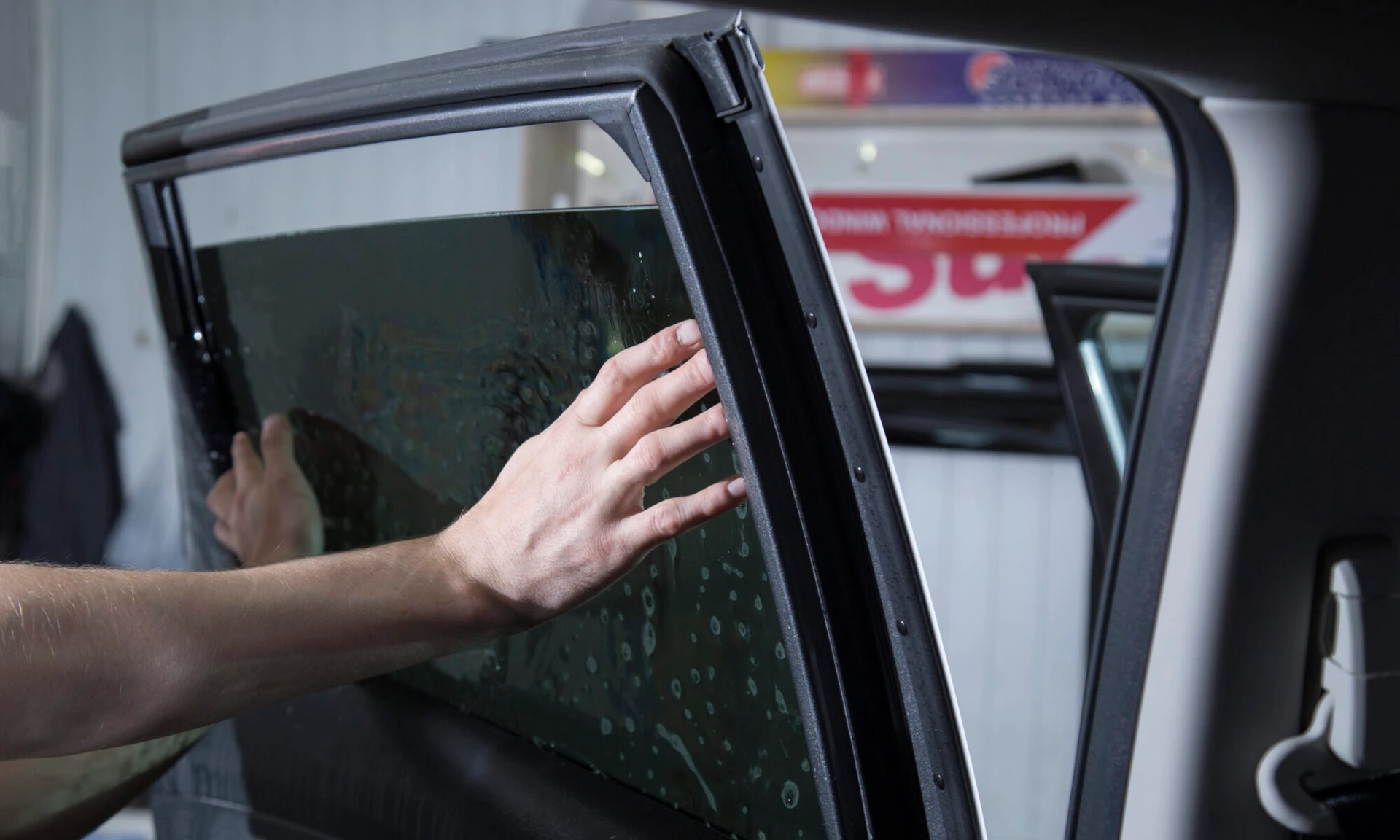Protect Your Vehicle’s Inside with Moro Auto Spa Window Tinting Solutions
Protect Your Vehicle’s Inside with Moro Auto Spa Window Tinting Solutions
Blog Article
Your Comprehensive Overview to DIY Window Tinting: Advice
Carrying out a DIY home window tinting project offers a possibility to boost both the functionality and visual appeals of your room. Prior to beginning on this undertaking, it is important to browse the complexities of regional tinting guidelines and select an appropriate movie that straightens with your objectives.
Comprehending Home Window Tinting Regulations
Browsing the intricate landscape of window tinting laws is crucial for any kind of do it yourself fanatic seeking to enhance their car's appearances and convenience. Each state in the U.S. has details regulations relating to the permitted degrees of tint on numerous windows, which can significantly influence your decision-making procedure.
Generally, these laws dictate the optimum permitted Noticeable Light Transmission (VLT) percentage, which refers to the amount of light that can travel through the colored windows. Some states allow just a particular portion of color on the front windscreen, while enabling darker shades on back windows. Compliance with these laws is important, as failure to stick can lead to fines or the need to remove the color altogether.
Additionally, there are typically differences between guest automobiles and industrial automobiles, with various rules applying to each classification. It's suggested to consult your neighborhood Department of Electric motor Vehicles or equal authority to collect exact details tailored to your location. Understanding these laws not only makes certain lawful compliance but additionally enhances security by preserving presence and stopping prospective dangers while driving.
Picking the Right Color Movie
Selecting the suitable tint film is a crucial action in the DIY home window tinting process, as it directly influences both the appearance and functionality of your lorry's home windows. Numerous factors must direct your choice, consisting of the kind of film, its legal compliance, and your desired outcomes.
First, think about the various types of tint movies available: dyed, metalized, ceramic, and crossbreed. Metalized films supply enhanced warm denial and longevity yet can interfere with digital signals.
Following, guarantee that the film sticks to neighborhood laws concerning noticeable light transmission (VLT) percents. Compliance with these legislations is essential to prevent fines and make certain safety.
Important Devices for Do It Yourself Tinting
Having chosen the right color film for your home windows, read this the next step involves gathering the essential tools to make sure a successful installation. The primary devices you will require consist of an energy blade or a razor blade, which is essential for cutting the tint film to the preferred dimension. A squeegee is likewise vital, as it helps eliminate air bubbles and ravel the film throughout application.

Furthermore, consider making use of a warm weapon or hairdryer, as this can aid mold and mildew the color film to the contours of the window and assist in adherence. Finally, gloves are a good idea to stay clear of finger prints on the movie throughout installment. By gathering these important tools, you will certainly be well-prepared to tackle your DIY home window tinting job efficiently.
Step-by-Step Application Refine
Begin by completely cleaning the window surface area to make certain optimum bond of the color film. Once the window is tidy, gauge the tint film against the home window, enabling for a minor overlap on all sides.
Gently spray the window surface and the glue side of the movie. Thoroughly straighten the movie with the top of the window, ensuring it is right. Utilize a squeegee to smooth the film, applying company, even stress.
Allow the color to heal for at the very least 24 hours without rolling down the home windows. Follow these actions carefully for optimal outcomes in your DIY window tinting job.
Upkeep and Care Tips

It's recommended to wait a minimum of a week after setup prior to cleansing your home windows to permit the sticky to totally heal. Throughout this preliminary period, stay clear of rolling down the home windows to avoid any kind of damages to the tint.
Regular upkeep includes inspecting the sides of the color for any signs of gurgling or lifting. If you see any kind of concerns, it's ideal to address them immediately to avoid additional degeneration. Furthermore, beware with using window treatments, such as shades or drapes, as they can create warmth that may jeopardize useful reference the color in time.
Final Thought
To conclude, embarking on a DIY home window tinting job demands mindful factor to consider of local regulations, option of proper tint films, and the utilization of crucial tools. A systematic application procedure guarantees optimum outcomes, while normal upkeep contributes to the durability of the tint - Moro Auto Spa Window Tinting. By sticking to these guidelines, people can attain both aesthetic improvement and enhanced personal privacy in their rooms, making do it yourself window tinting a beneficial endeavor
Report this page